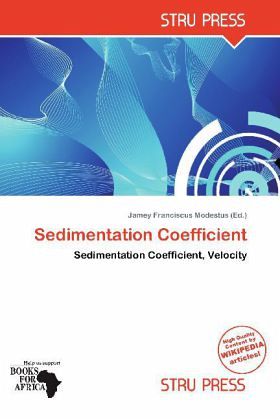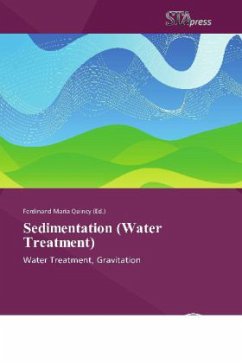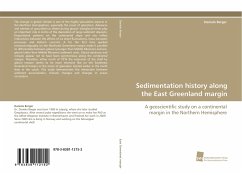
Sedimentation Coefficient
Sedimentation Coefficient, Velocity
Herausgegeben: Modestus, Jamey Franciscus
Versandkostenfrei!
Versandfertig in 6-10 Tagen
19,99 €
inkl. MwSt.

PAYBACK Punkte
10 °P sammeln!
Please note that the content of this book primarily consists of articles available from Wikipedia or other free sources online. The sedimentation coefficient s of a particle is used to characterize its behaviour in sedimentation processes, notably centrifugation. It is defined as the ratio of a particle's sedimentation velocity to the acceleration that is applied to it (causing the sedimentation).The sedimentation coefficient has the dimensions of a unit of time and is expressed in svedbergs. One svedberg is defined as exactly 10 13 s. Essentially the sedimentation coefficient serves to normal...
Please note that the content of this book primarily consists of articles available from Wikipedia or other free sources online. The sedimentation coefficient s of a particle is used to characterize its behaviour in sedimentation processes, notably centrifugation. It is defined as the ratio of a particle's sedimentation velocity to the acceleration that is applied to it (causing the sedimentation).The sedimentation coefficient has the dimensions of a unit of time and is expressed in svedbergs. One svedberg is defined as exactly 10 13 s. Essentially the sedimentation coefficient serves to normalize the sedimentation rate of a particle by the acceleration applied to it. The resulting value is no longer dependent on the acceleration, but depends only on the properties of the particle and the medium in which it is suspended. Sedimentation coefficients quoted in literature usually pertain to sedimentation in water at 20°C.












